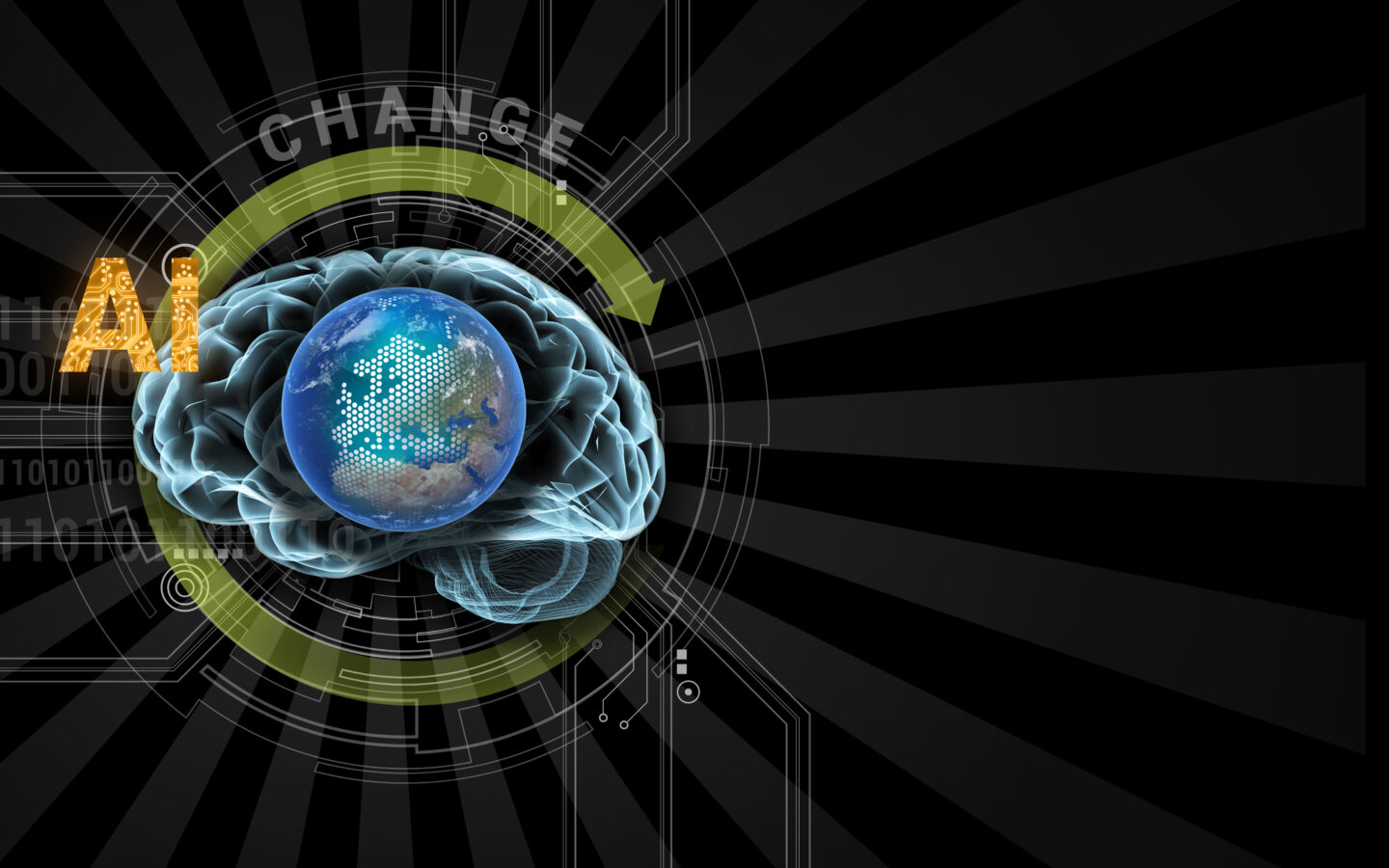Upskilling teams in machine learning and artificial intelligence can help you organically build a future-ready workforce with the necessary skills to face upcoming challenges.
Copyright by www.informationweek.com
 Organizations are discovering how artificial intelligence and machine learning can transform their business. AI’s contribution to global GDP is expected to grow from $2 trillion in 2019 to $15 trillion in 2030 according to PwC. Every organization needs professionals to digest data and translate it into action, but the labor market is woefully unprepared to meet the exponential growth in demand. How do we start the AI revolution without any revolutionaries?
Organizations are discovering how artificial intelligence and machine learning can transform their business. AI’s contribution to global GDP is expected to grow from $2 trillion in 2019 to $15 trillion in 2030 according to PwC. Every organization needs professionals to digest data and translate it into action, but the labor market is woefully unprepared to meet the exponential growth in demand. How do we start the AI revolution without any revolutionaries?
Sometimes the answer lies within. Upskilling your team in machine learning and AI can help you organically build a future-ready workforce with the necessary skills to face upcoming challenges. Reskilling doesn’t just happen. Leaders have to commit to training their people and fostering a culture of learning that never ends. Let’s look at a few ways of putting upskilling into practice.
Where Are You on Your AI Journey?
Before we begin, we have to determine what role AI plays in your organization. Ask yourself a few questions:
- Have you successfully completed a few AI projects, or are you still feeling out how AI can help you?
- Do you currently have data scientists and AI engineers on staff, or are you starting from zero?
- What does your AI business strategy look like in the months and years ahead?
The answers to these questions will serve as the foundation of your upskilling plans. If you haven’t jumped into the world of AI and machine learning, you may need to make a few key hires or bring on a strategic partner to help you get the effort off the ground. This initial step can put knowledgeable people in place to support your upskilling effort.
Ground Learning in the Practical
Next, you need to decide how you are going to implement this training initiative. Traditional classroom learning and bootcamps certainly work for some, but others find the strict scheduling too rigid to fit the demands of a busy workplace. Virtual and on-demand learning can hold a lot of appeal, especially self-paced programs geared towards the busy professional. It also helps when the team studies together, allowing them to lean on one another and learn collaboratively.
Perhaps most importantly, learning needs to be tied to the practical. Your workers should be able to immediately put theory into practice, working on AI and data science projects within the organization. Grounding knowledge in their day to day, known as experiential learning, has huge benefits. Students who learned this way were found to have up to 90% higher retention versus traditional learning. […]
Read more: www.informationweek.com
Thank you for reading this post, don't forget to subscribe to our AI NAVIGATOR!


Upskilling teams in machine learning and artificial intelligence can help you organically build a future-ready workforce with the necessary skills to face upcoming challenges.
Copyright by www.informationweek.com
Sometimes the answer lies within. Upskilling your team in machine learning and AI can help you organically build a future-ready workforce with the necessary skills to face upcoming challenges. Reskilling doesn’t just happen. Leaders have to commit to training their people and fostering a culture of learning that never ends. Let’s look at a few ways of putting upskilling into practice.
Where Are You on Your AI Journey?
Before we begin, we have to determine what role AI plays in your organization. Ask yourself a few questions:
The answers to these questions will serve as the foundation of your upskilling plans. If you haven’t jumped into the world of AI and machine learning, you may need to make a few key hires or bring on a strategic partner to help you get the effort off the ground. This initial step can put knowledgeable people in place to support your upskilling effort.
Ground Learning in the Practical
Next, you need to decide how you are going to implement this training initiative. Traditional classroom learning and bootcamps certainly work for some, but others find the strict scheduling too rigid to fit the demands of a busy workplace. Virtual and on-demand learning can hold a lot of appeal, especially self-paced programs geared towards the busy professional. It also helps when the team studies together, allowing them to lean on one another and learn collaboratively.
Perhaps most importantly, learning needs to be tied to the practical. Your workers should be able to immediately put theory into practice, working on AI and data science projects within the organization. Grounding knowledge in their day to day, known as experiential learning, has huge benefits. Students who learned this way were found to have up to 90% higher retention versus traditional learning. […]
Read more: www.informationweek.com
Thank you for reading this post, don't forget to subscribe to our AI NAVIGATOR!
Share this: